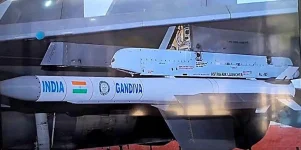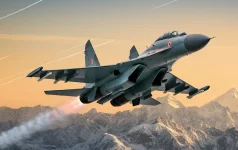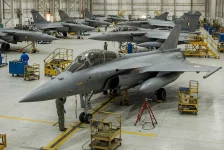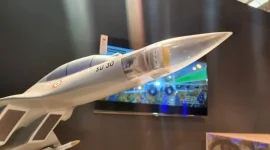- Views: 1K
- Replies: 16

The Indian Air Force (IAF) seeks to bolster its air defense capabilities with a comprehensive approach to beyond-visual-range (BVR) combat.
Recent rumors of abandoning the Astra MkII missile for the longer-range Astra MkIII have been dismissed. The IAF confirms plans to acquire both the Astra MkII and MkIII in large numbers, creating a flexible two-tiered missile defense system.
The IAF's strategy emphasizes both cost-effectiveness and long-range strike capabilities.
The Astra MkII employs a cost-saving dual-pulse motor, allowing it to be equipped across numerous fighter jets, significantly enhancing the force's overall air-to-air combat potential.
Meanwhile, the ramjet-powered Astra MkIII, with its 350km range, is designed to neutralize high-value enemy targets like aerial refueling tankers (AWACS) from a great distance.
Balancing Cost and Capabilities
The IAF recognizes the distinct roles each missile serves. An IAF spokesperson emphasized that the Astra MkII offers a cost-effective solution for widespread defense capabilities, while the MkIII will be an asset for engaging strategic targets at extreme ranges.Analysts agree with this approach. They notes that this two-tier strategy allows the IAF to build a multi-layered BVR system, strengthening its baseline defense with the MkII and extending its deterrent capabilities with the MkIII.
A Strong, Flexible Defense
The combination of Astra MkII and MkIII missiles gives the IAF the ability to tailor its response to any aerial threat, guaranteeing optimal protection.This strategy demonstrates India's commitment to maintaining aerial dominance within the region.




